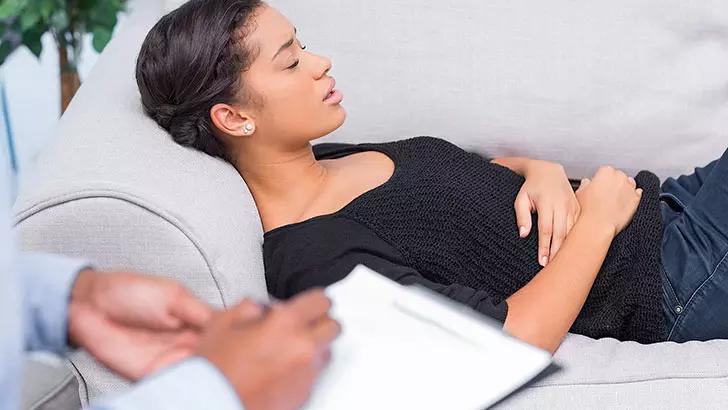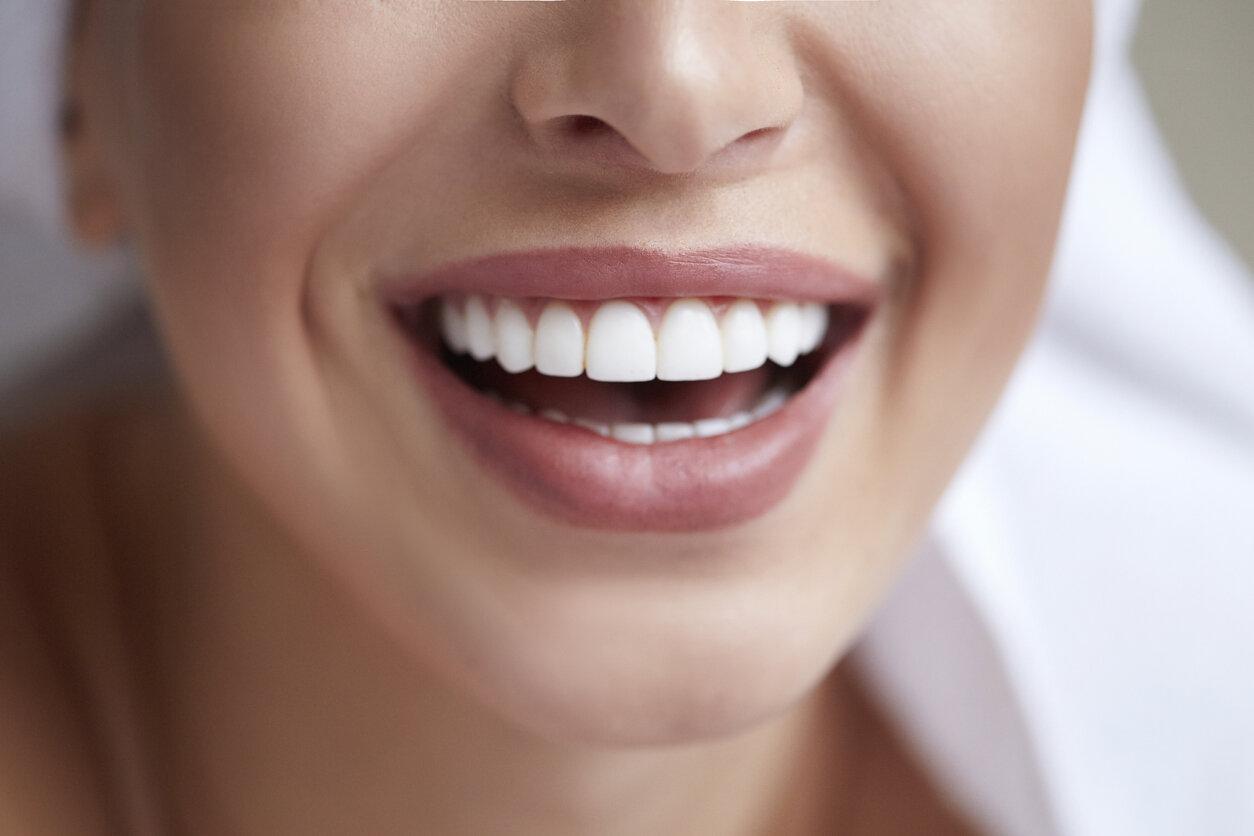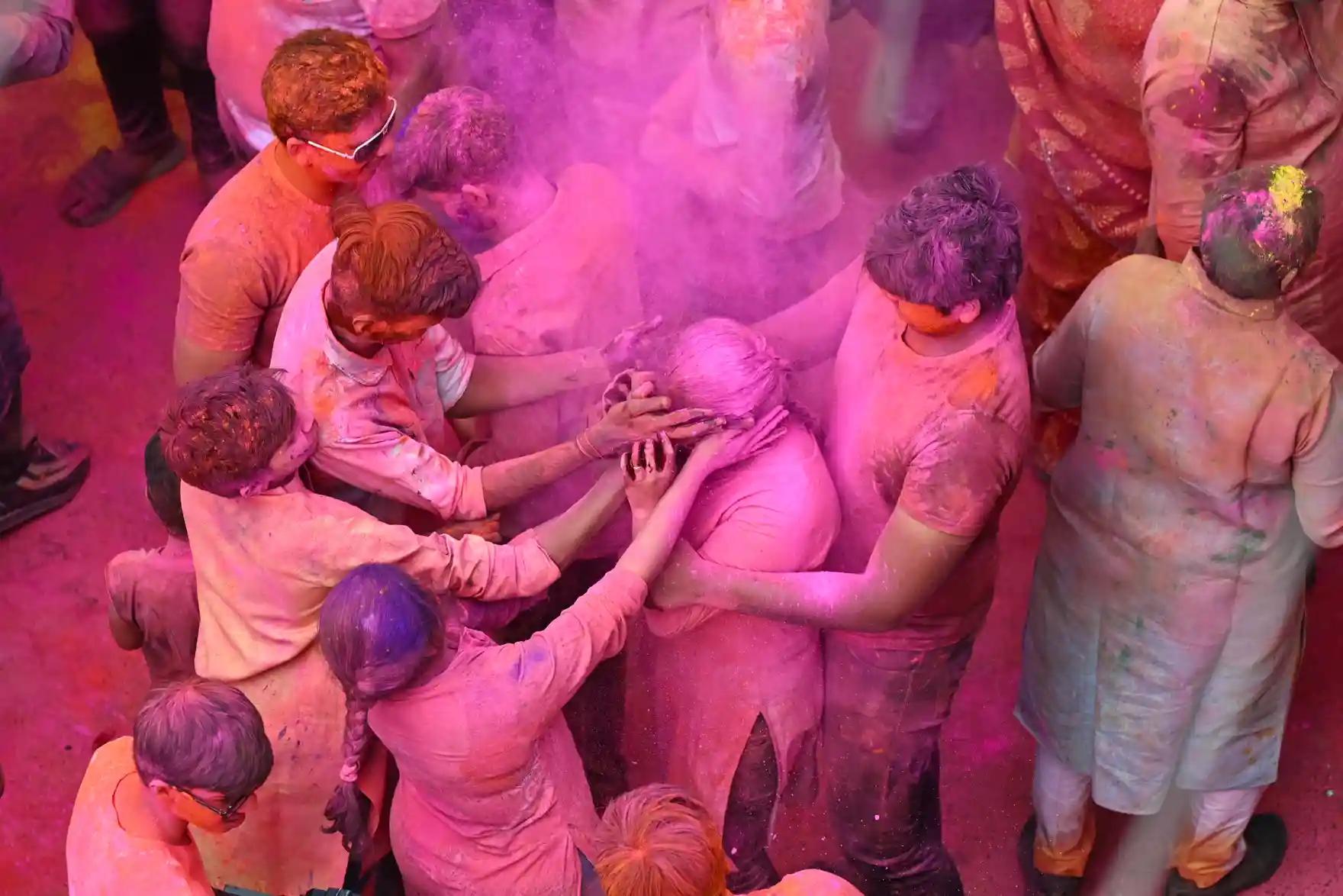How to Recognize a Sleep Disorder and Advice for Improving Your Sleep
Is it hard for you to fall asleep through the night? Do you feel sleepy during the day, even if you have had enough sleep? Well, you might have a sleep disorder. In fact, over 75% of Americans between ages 20 and 59 have it. Click through to find out if you have one and how to treat it.
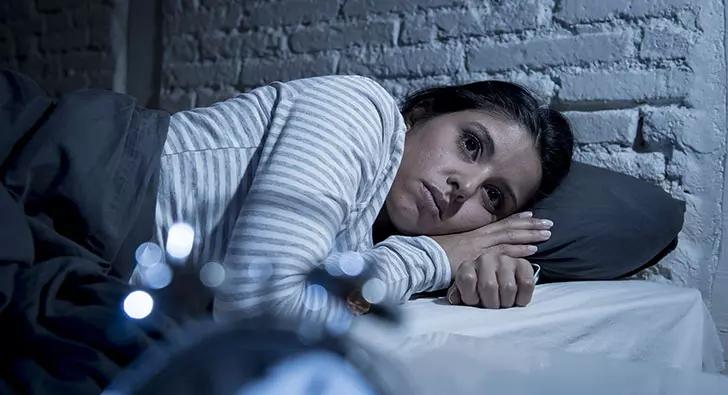
1. What Are Sleep Disorders?
Sleep disorders are a group of conditions that affect how much and how well you sleep. A sleep disorder can affect your overall health, safety and quality of life.
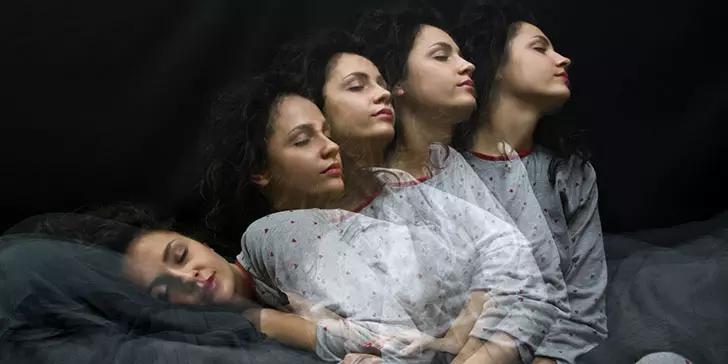
2. The Dangers Of Not Getting Enough Sleep
Lack of sleep can take a toll on nearly every part of your life. Dangers include:
● Car accidents
● Relationship troubles
● Poor job performance
● Memory problems
● Mood disorders
● Heart disease, obesity, and diabetes

3. Symptoms Of A Sleep Disorder
Symptoms can differ depending on the type you have. But general symptoms include:
● Difficulty falling or staying asleep
● Daytime fatigue
● Snoring
● Uncomfortable feelings in your legs and the urge to move them
● Brief and continuous breathing interruptions while asleep

4. The Sleep Cycle
When you get your ZZZs, you cycle between REM (rapid eye movement) and non-REM sleep. First comes non-REM sleep, which has three stages from light to deep, followed by a shorter period of REM sleep and then the cycle starts over again. REM sleep takes up 25% of your slumber, and dreams typically happen during this period.
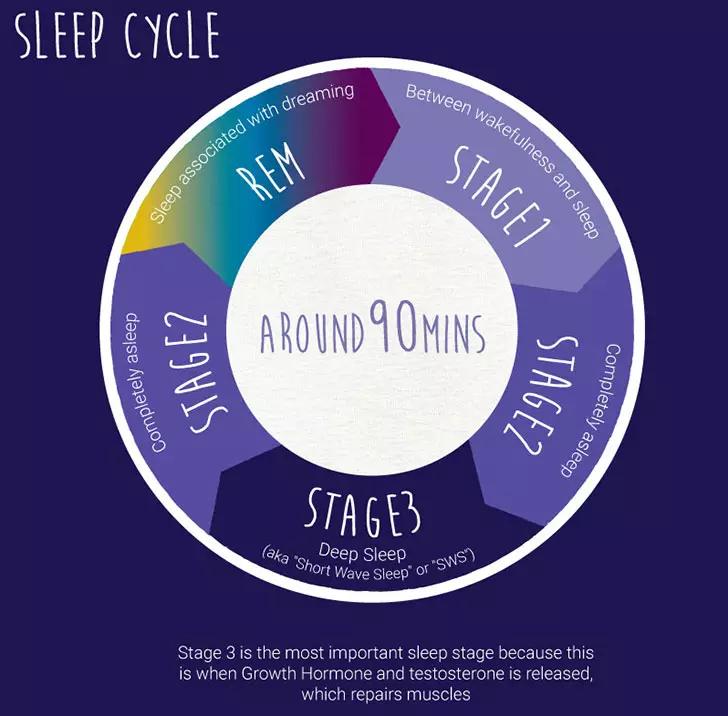
5. How Much Sleep Do You Need?
It differs from person to person, but general guidelines are:
● Newborns (0-3 months): 14 – 17 hours
● Infants (4-11 months): 12 – 15 hours
● Toddlers (1-2 years): 11 – 14 hours
● Preschoolers (3-5): 10 -13 hours
● Schoolchildren (6-13): 9 – 11 hours
● Teenages (14 -17): 8 – 10 hours
● Adults: 7 – 9 hours
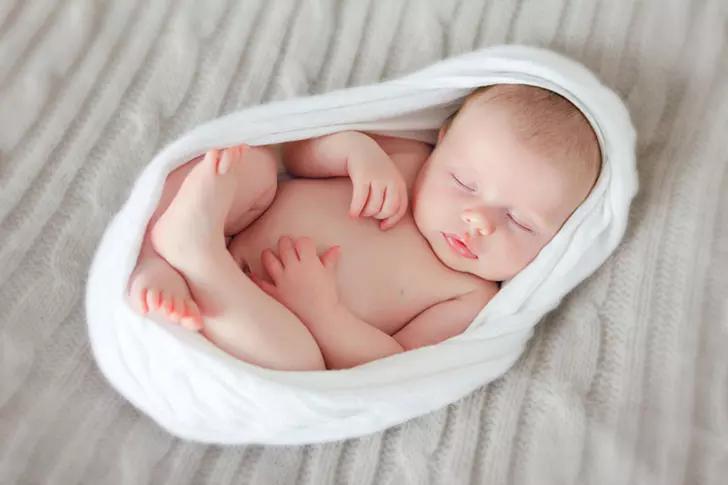
6. Insomnia
Insomnia refers to the inability to fall asleep or to remain asleep throughout the night. Approximately 50% of American adults experience it at some point in their lives.
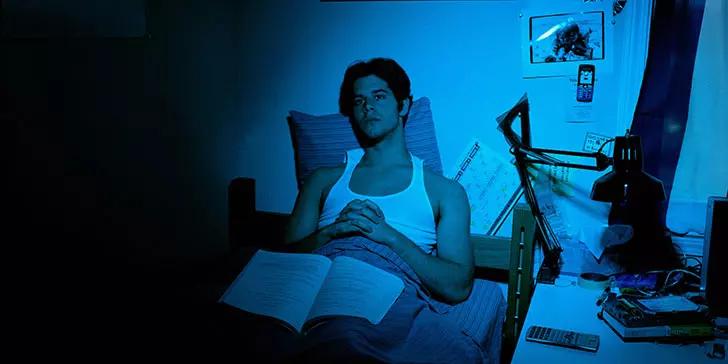
7. Insomnia Symptoms
People with insomnia have one or more of the following symptoms:
● Difficulty falling asleep
● Waking up often during the night and having trouble going back to sleep
● Waking up too early in the morning
● Feeling tired upon waking
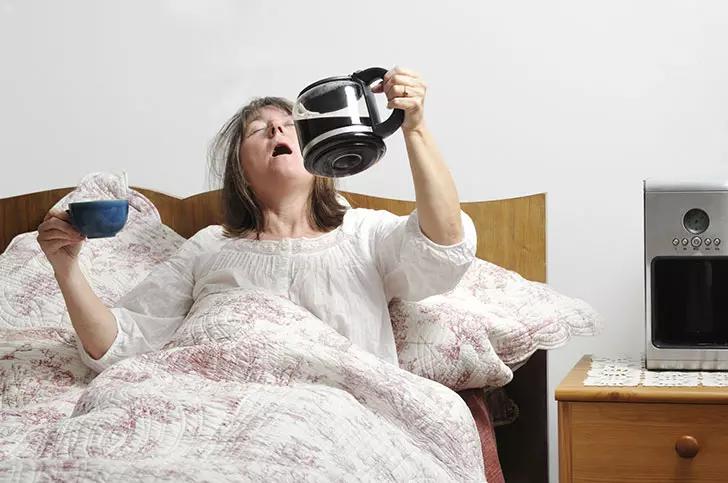
8. Poor Sleep Hygiene
Bad habits before bed can lead to insomnia, which include:
● Drinking coffee in the afternoon or evening
● Smoking or eating heavy foods at night
● Going to bed at a different time each night
● Falling asleep with the television on
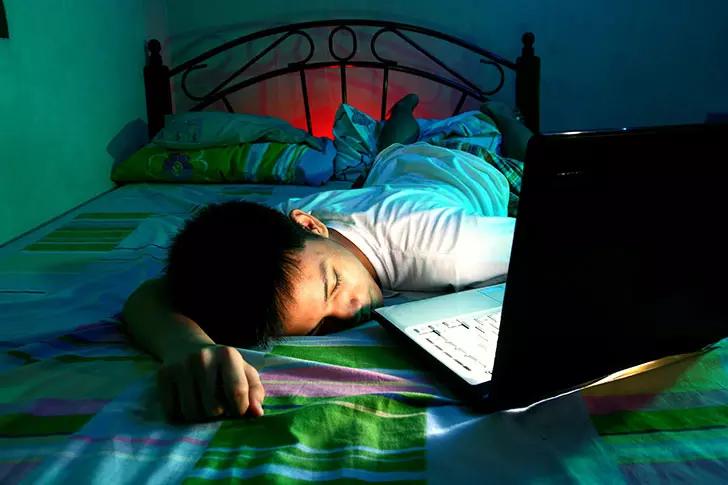
9. Mental Health
Insomnia can be caused by mental health problems such as depression, anxiety, and post-traumatic stress disorder. Some medications used to treat these conditions can themselves cause sleep problems. If you think the medication is to blame for your sleep issues, talk to your doctor about adjusting the treatment.
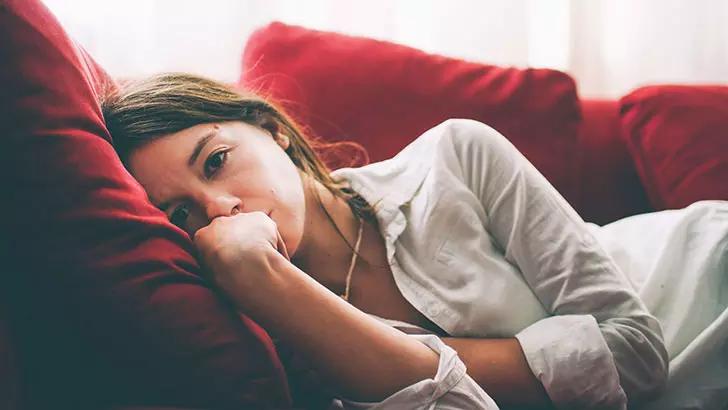
10. Related Medical Conditions
Sleep disorders are often linked to health problems such as arthritis, heartburn, chronic pain, asthma, COPD, heart failure, thyroid problems, and neurological disorders such as stroke, Alzheimer’s, or Parkinson’s.
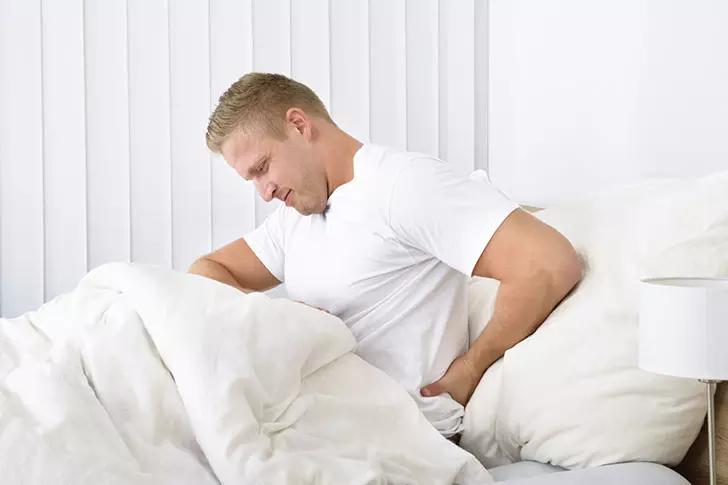
11. Other Causes Of Sleep Trouble
● Pregnancy, especially in the first and third trimesters
● Menopause, as hot flashes are uncomfortable
● Old age, especially after age 65
● Shift workers and frequent flyers, they can get a circadian rhythm disorder.

12. Sleep Apnea
People with sleep apnea stop breathing repeatedly during their sleep, sometimes hundreds of times. Apnea can trigger a switch from deep to light sleep, and make you very tired during the day. Ask your partner about your snoring and gasping to tell whether you have apnea.
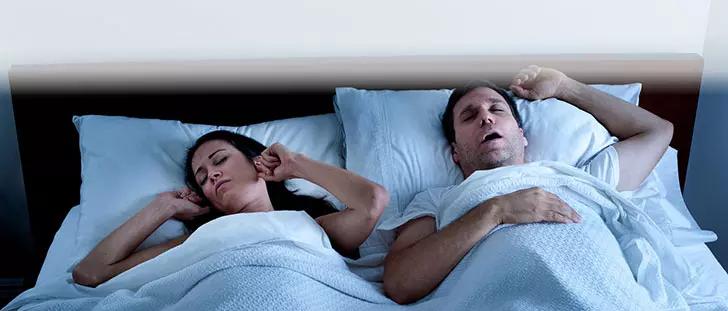
13. Who Gets Sleep Apnea?
Sleep apnea is most common among the following people:
● Overweight men over age 65
● Hispanics, African-Americans, and Pacific Islanders
● Young children with enlarged tonsils
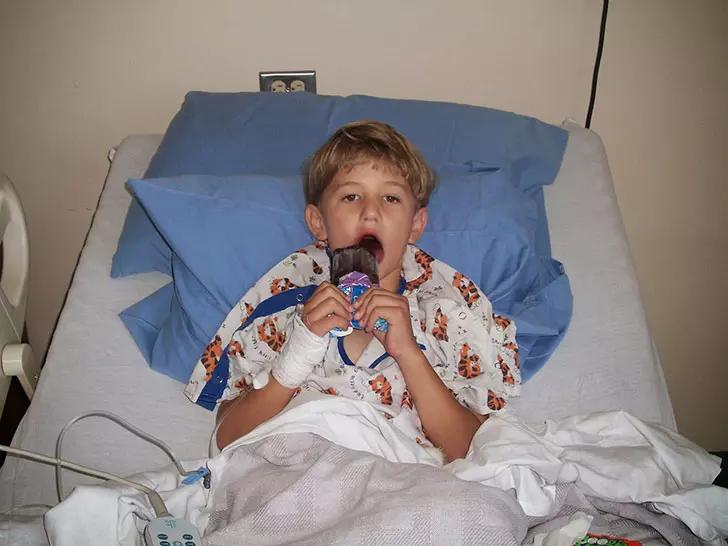
14. Restless Legs Syndrome (RLS)
RLS is an overwhelming urge to move the legs, accompanied by a creepy-crawly sensation. It makes you difficult to catch some winks, and you might have twitches that wake you up.
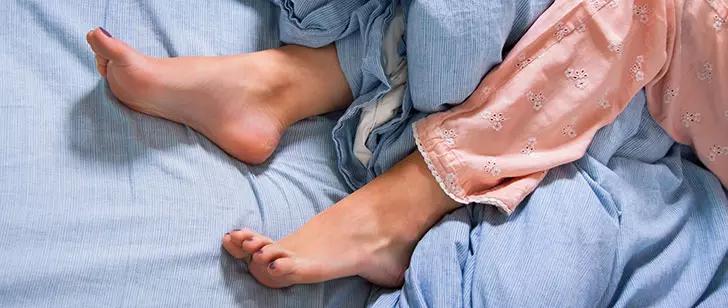
15. Narcolepsy
Symptoms of narcolepsy include:
● Extreme sleepiness even after a good night’s rest
● Sleep attack: fall asleep suddenly during the day
● Dream-like hallucinations as you fall asleep or wake up
● Inability to move even when you wake up
The reason why these things happen is because you enter REM sleep so fast that you skip the normal NREM stages.

16. Sleepwalking
Sleepwalking is a disorder that causes you to get up and walk while you’re asleep. It usually happens when you’re going from a deep stage to a lighter one. Though most common in children between age 4 and 8, it can happen to anyone.

17. Sleep Diary
If you think you have a sleep disorder, your doctor may suggest you write a sleep diary for a week or two. The diary should include:
● What time you got in and out of bed
● How long and how well you slept
● The amount of time you laid awake
● What you ate/drank and when
● Your emotions and stress level
● A list of drugs you take
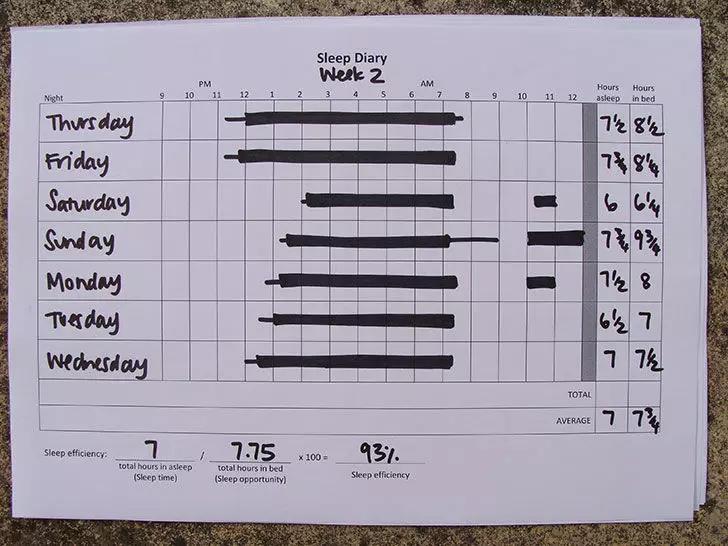
18. How To Get A Diagnosis
After the doctor checks your habits and health, he might ask you to do a sleep study, which records your brain activity, eye movements, and breathing. The results can have 85 different possibilities, from night terrors to shift work sleep disorder.

19. Treatment
● Sleep Apnea: a continuous positive airway pressure machine to keep airways open to rest soundly.
● Narcolepsy and restless legs syndrome: lifestyle changes and prescription medication
● Insomnia: good sleep habits and prescription drugs
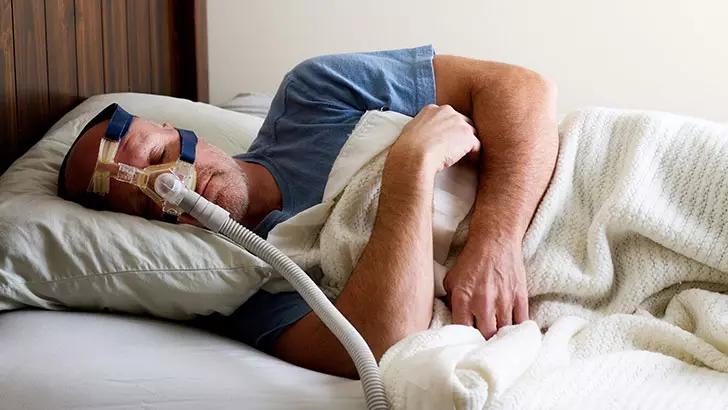
20. Therapy
Therapies that can be used to improve your sleep include:
● Cognitive-behavioural therapy: it can help ease your worries
● Talk Therapy: it can also quiet your mind
● Relaxation training and biofeedback: it helps calm your breathing, heart rate, muscles, and mood
